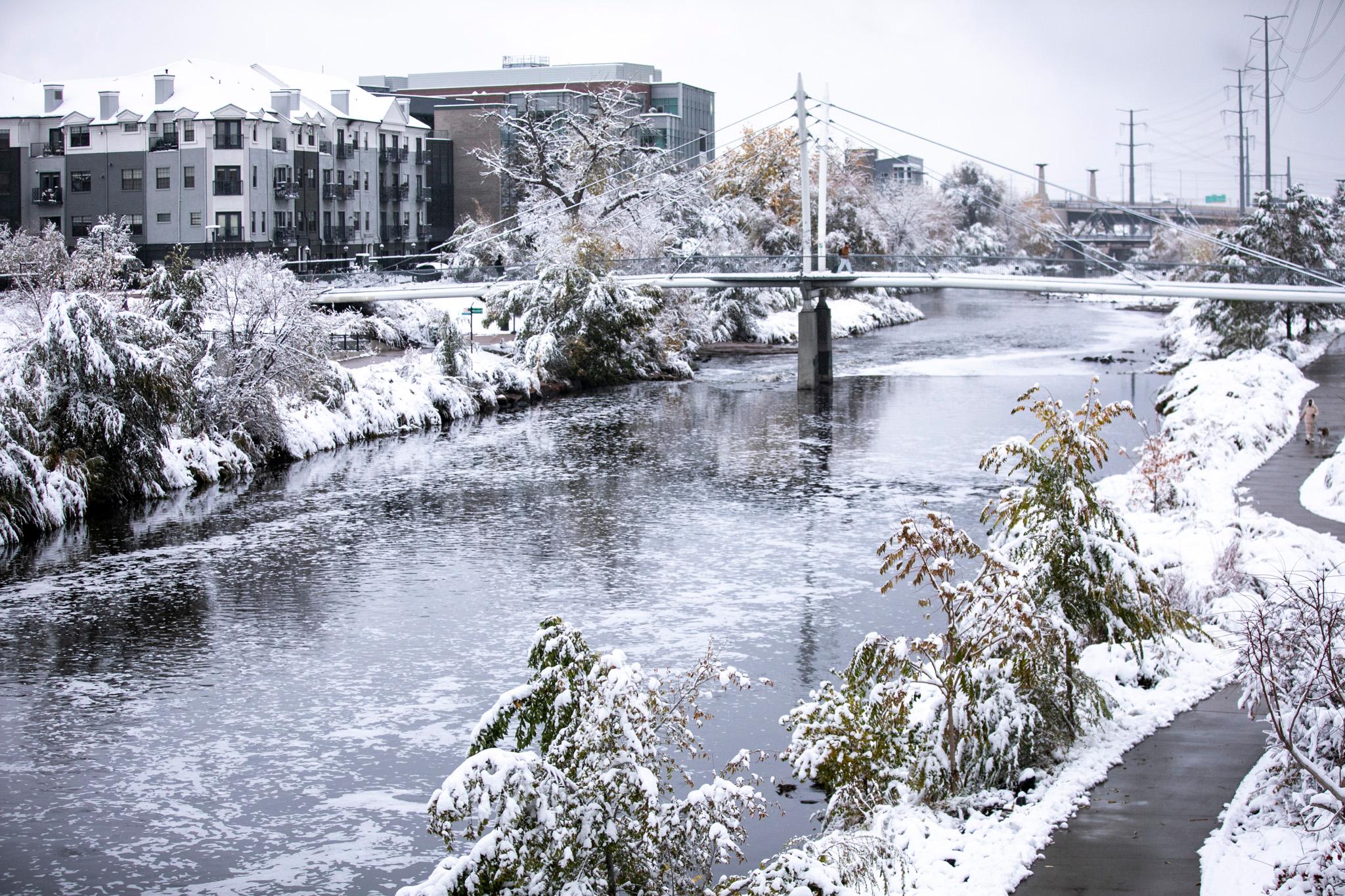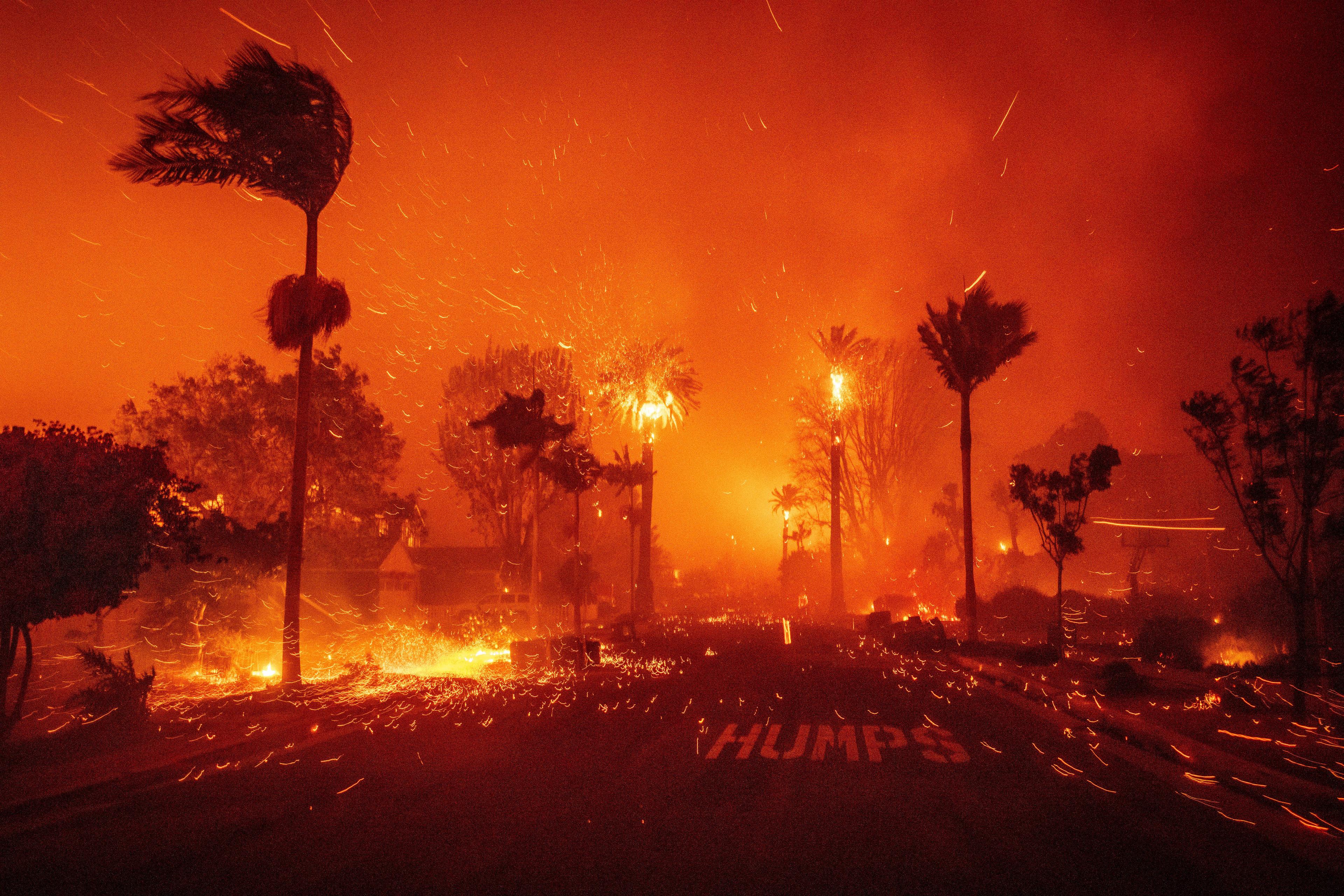After a mild and wet spring, temperatures along the Front Range are expected to soar this week and that has fire managers on edge. The Secretaries of Interior and Agriculture are using this lull in the fire season to call for changes in how the federal government funds wildfire suppression.
While Colorado has experienced much needed rain, fire officials are still expecting an average fire season.
"The moisture has helped considerably, at least to forestall the onset of the fire season, which we know is coming," said Paul Cooke, the Director of the Colorado Division of Fire Prevention and Control.
The state should also be better prepared for wildfires with the addition of two new specialized planes that can spot a wildfire in its very earliest stages. The legislature funded the aircraft last year but Cooke said it took time to bid and win contracts.
"This will be the first fire season with the early detection aircraft we acquired so we can go out behind lightening strikes and detect fires when they're small, or we can go out with smoke reports so there's no delay in getting on those fires," said Cooke. "It provides information about where the fire is growing, what the fuel load is, all the information they need to manage a fire with data."
Specialized equipment like this means the cost of fighting wildfires in Colorado and the west continues to go up – especially as more people live in and near forests.
On Tuesday, June 9, the Secretary of the Interior and Agriculture Secretary used the backdrop of Colorado's snowcapped mountains to urge a change in how the government pays to fight catastrophic wildfires.

"I think one thing that's not understood is the amount of money the federal government spends in these states particularly fighting wild land fire," said Interior Secretary Sally Jewell.
Jewell and Agriculture Secretary Tom Vilsack want Congress to fund the most devastating wildfires from a separate disaster fund. Under the current mechanism, Vilsack said the Forest Service often has to borrow several hundred million dollars each year from programs for forest restoration to help fight wildfires.
"The solution is for these fires to be looked upon in the same way we look at tornadoes, hurricanes, and floods, they're natural disasters and they should be funded as such," said Vilsack.
Over the last decade, Vilsack said the Forest Service has also faced a nearly 40 percent reduction in the number of people working to keep forests healthy and preventing wildfires.
"So it's less people and unstable financing, people say you should have partnerships. We do have partnerships, with the utilities with the ski resort communities, to leverage our resources but there's a limit to how much you can leverage," said Vilsack.
Earlier this year, Colorado's state legislature unanimously passed a resolution in both chambers to support creating a separate line item in the federal budget for catastrophic wildfires, but efforts in Congress have stalled. Jewell said it's shortsighted for Congress not to act.
"When we invest in preventive actions like fuels removal, or making our communities more fire resilient by building fire lines around them preemptively, when we go in and make sure cheat grass doesn't take hold because it enables fire, we are actually reducing the costs lost-term," said Jewell.
But it would be a budget increase in the short-term, which some members of Congress oppose. For his part Cooke said he agrees that the most devastating wildfires should be paid for in a separate disaster fund in the federal budget.
"It does make sense. The day of robbing the mitigation programs to pay for suppression has to end."
The wild land fire potential outlook for 2015 says areas of extreme drought will still remain over California, western Nevada, and southeastern Oregon. That's despite wetter spring conditions across much of the Front Range and central states like Nebraska, Oklahoma and Texas.









